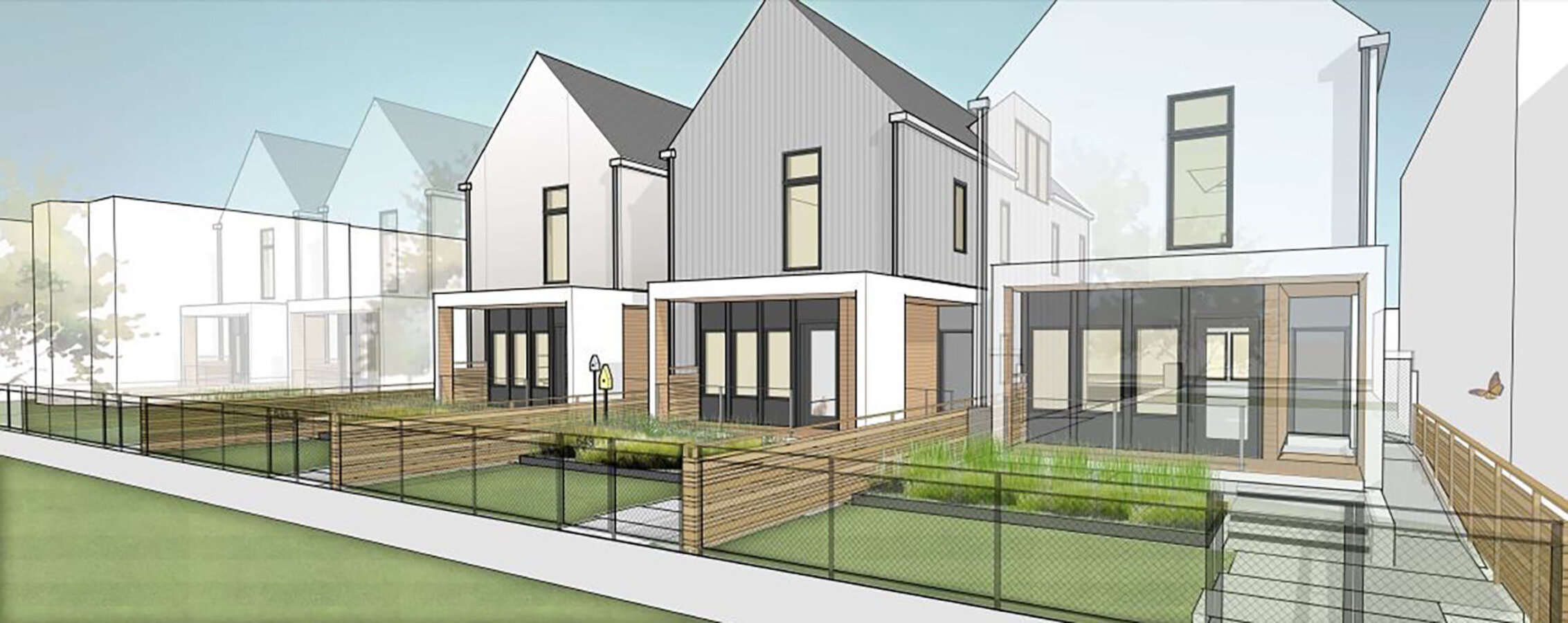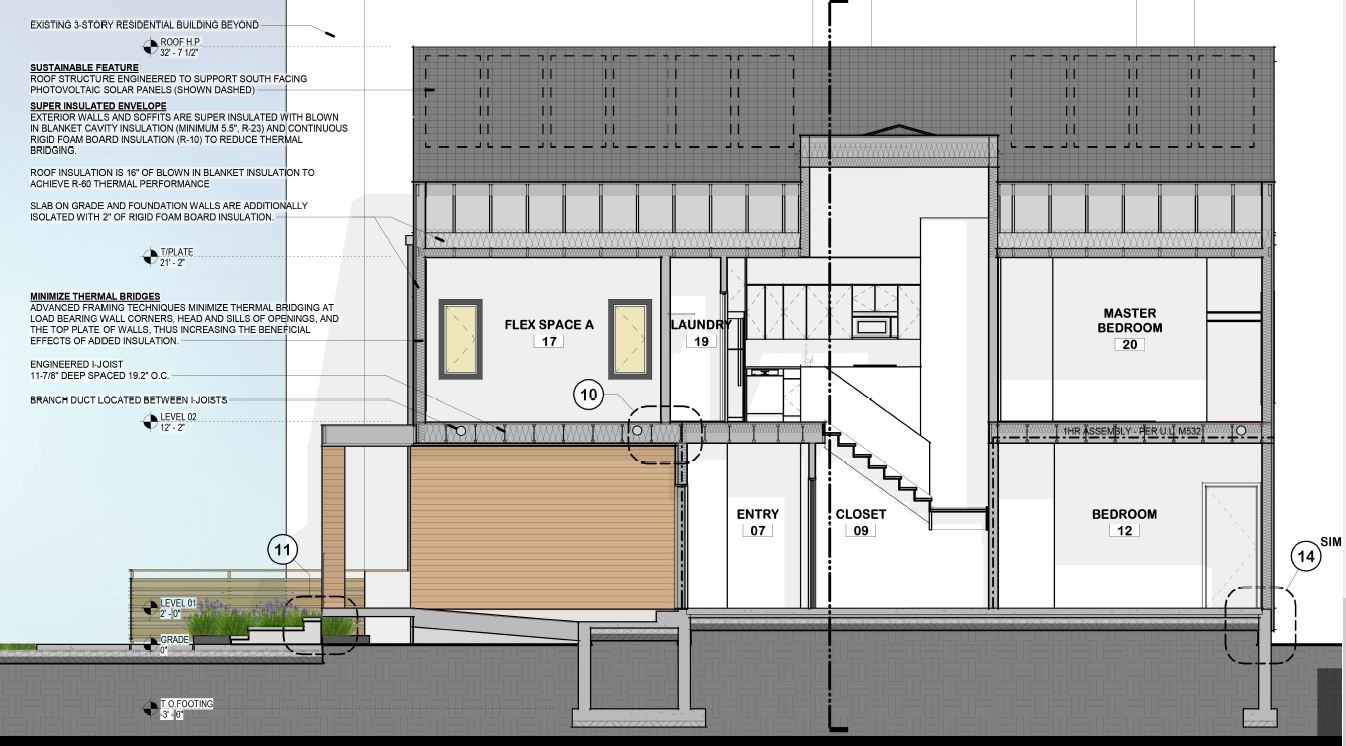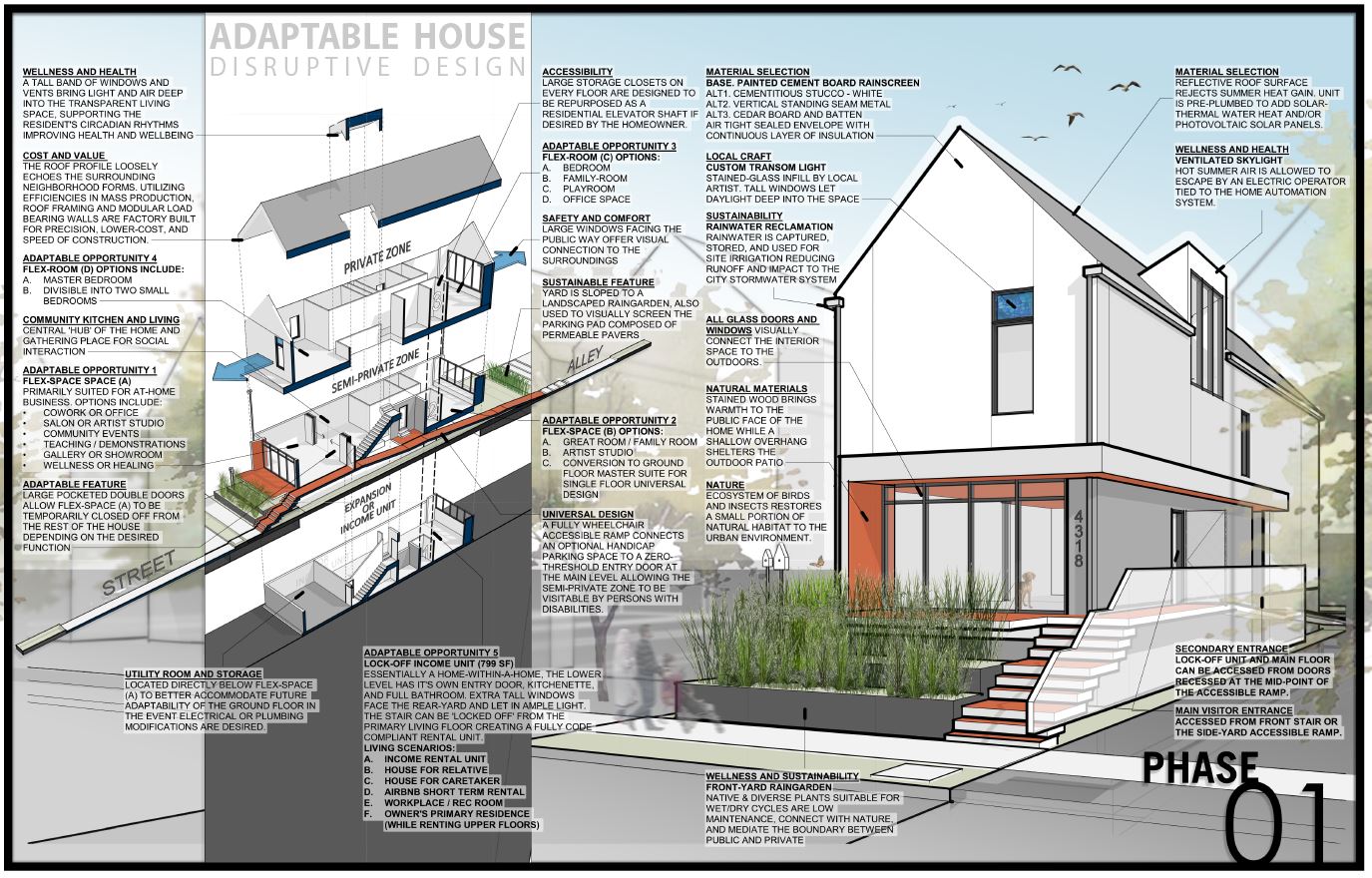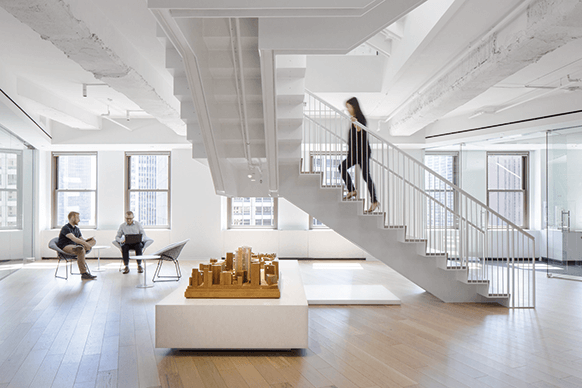Greg Tamborino, a senior project architect in our Chicago studio, is changing the face and future of affordable urban housing.
Adaptable House—Tamborino’s proposed design for an innovative middle-income family home—recently won the 2019 AIA Chicago Disruptive Design Competition. And now, two prototypes of the design are set to be brought to life in the city’s West Humboldt Park and Bronzeville neighborhoods in 2020, with construction led by Related Midwest.
The Disruptive Design Competition called for owner-occupied housing solutions that challenge current assumptions about where a typical, middle-income family can own a home in Chicago. With conversations about affordable housing in the city reaching a fever pitch, questions persist about what “affordable” actually means; about who typically lives in housing deemed “affordable”; and how cities can broaden access to housing.




